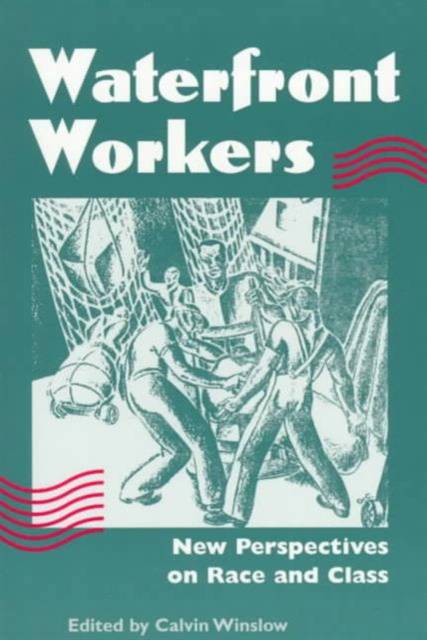
- Afhalen na 1 uur in een winkel met voorraad
- Gratis thuislevering in België vanaf € 30
- Ruim aanbod met 7 miljoen producten
- Afhalen na 1 uur in een winkel met voorraad
- Gratis thuislevering in België vanaf € 30
- Ruim aanbod met 7 miljoen producten
Zoeken
Waterfront Workers
New Perspectives on Race and Class
€ 57,95
+ 115 punten
Omschrijving
Few work settings compete with the waterfront for a long, rich history of multi-ethnic and multiracial interaction. Irish dockers from Chelsea to Ashtabula to Tacoma labored side-by-side with African Americans, Poles, Germans, Scandinavians, and Italians. Eastern Europeans worked with the Irish and black workers in Philadelphia. Farther south, African Americans were the majority on the Baltimore waterfront in the 1930s. On the Pacific Coast, where laws excluded Chinese workers and African Americans remained relatively few in number until World War II, white dockers and longshoremen dominated. In Waterfront Workers, five scholars explore the complex relationships involved in this intersection of race, class, and ethnicity. Contributors: Eric Arneson, Colin Davis, Howard Kimeldorf, Bruce Nelson, and Calvin Winslow.
Specificaties
Betrokkenen
- Uitgeverij:
Inhoud
- Aantal bladzijden:
- 216
- Taal:
- Engels
- Reeks:
Eigenschappen
- Productcode (EAN):
- 9780252066917
- Verschijningsdatum:
- 1/04/1998
- Uitvoering:
- Paperback
- Formaat:
- Trade paperback (VS)
- Afmetingen:
- 153 mm x 228 mm
- Gewicht:
- 326 g

Alleen bij Standaard Boekhandel
+ 115 punten op je klantenkaart van Standaard Boekhandel
Beoordelingen
We publiceren alleen reviews die voldoen aan de voorwaarden voor reviews. Bekijk onze voorwaarden voor reviews.







